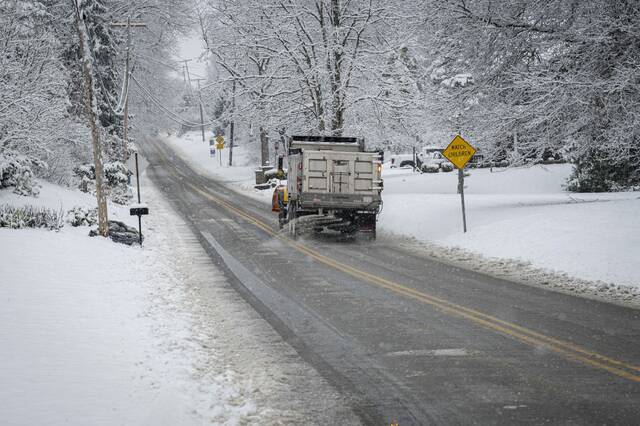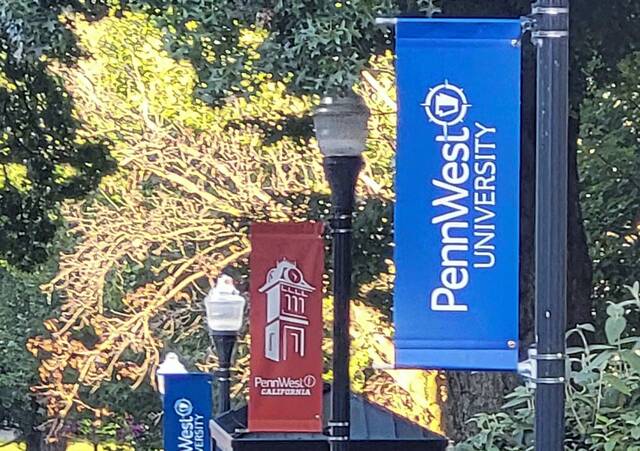An estimated 250 million birds are expected to pass through Southwestern Pennsylvania this spring, according to Carnegie Museum of Natural History’s Powdermill Nature Reserve in Cook Township, Westmoreland County.
The bird feeders and hummingbird feeders are hung. Binoculars are at the ready.
The onslaught has begun: Wednesday morning, researchers at Powdermill either netted, saw or heard a bevy of migrants including the ruby-throated hummingbird, Baltimore oriole, scarlet tanager, thrushes and a number of warblers.
“This week, we finally had that push, the birds have been moving through the area,” said Annie Lindsay, bird banding program manager.
Unfortunately, large numbers of these bird species won’t show up commonly in backyards or wooded areas, notably near water, until the first two weeks of May, she said.
The birds have been trickling in through the region. A Baltimore oriole, a much sought-after backyard species with males sporting bright orange and black plumage, returned to a Fawn Township feeder and North Park Wednesday.
Migration movements are determined by the weather, particularly southern winds blowing north.
Spring bird migration might be the greatest nature show in the region, offering up large numbers of wildlife showing off vibrant colors.
But it doesn’t last long.
The peak occurs in the narrow window of the first two weeks of May.
To see migration forecasts, check out Colorado State University’s and the Cornell Lab of Ornithology’s BirdCast, which uses radar, weather predictions and other information to forecast bird migration events.
In our region, birds known as Neotropical migrants will pass through. Some will stay to nest. A number of species will fly more than 1,000 miles from their wintering grounds in South America and Central America to Pennsylvania and elsewhere.
But where will they stop?
Migrants stopover areas are places where they can find food to fuel up, rest, then move on, said Lindsay.
“They typically fly a few hundred miles then stop over,” she said.
“When they land, they will look for some kind of habitat patch,” she said. “You’re not going to find them in a cornfield or a parking lot.”
The birds coming here are traveling the Atlantic Flyway along the Atlantic Coast. Although Pittsburgh isn’t a major bird migration thruway, it’s still a part of the flyway, Lindsay said.
There appears to be safety in numbers for the migration: Different species of bird travel together in mixed flocks.
“What is striking is the dawn chorus,” Lindsay said. “You can stand there and listen to all these different birds singing at the same time.”
On big migration days at Powdermill, Lindsay said she can walk down a path and see dozens of birds, especially early in the morning.
For anyone wanting to witness spring bird migration, the old saying “the early bird gets the worm” applies.
Lindsay recommends rising before dawn to hear the flight calls of the birds as they come in.
“The closer to dawn you are out there,” she said, “the better you will see more things.”
The Audubon Society of Western Pennsylvania is offering spring birds as well as other organizations. Because of the covid-19 pandemic, the Three Rivers Birding Club is not yet offering outings.








